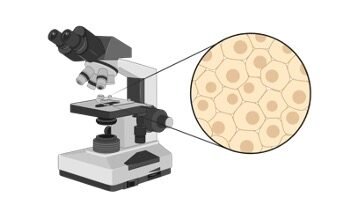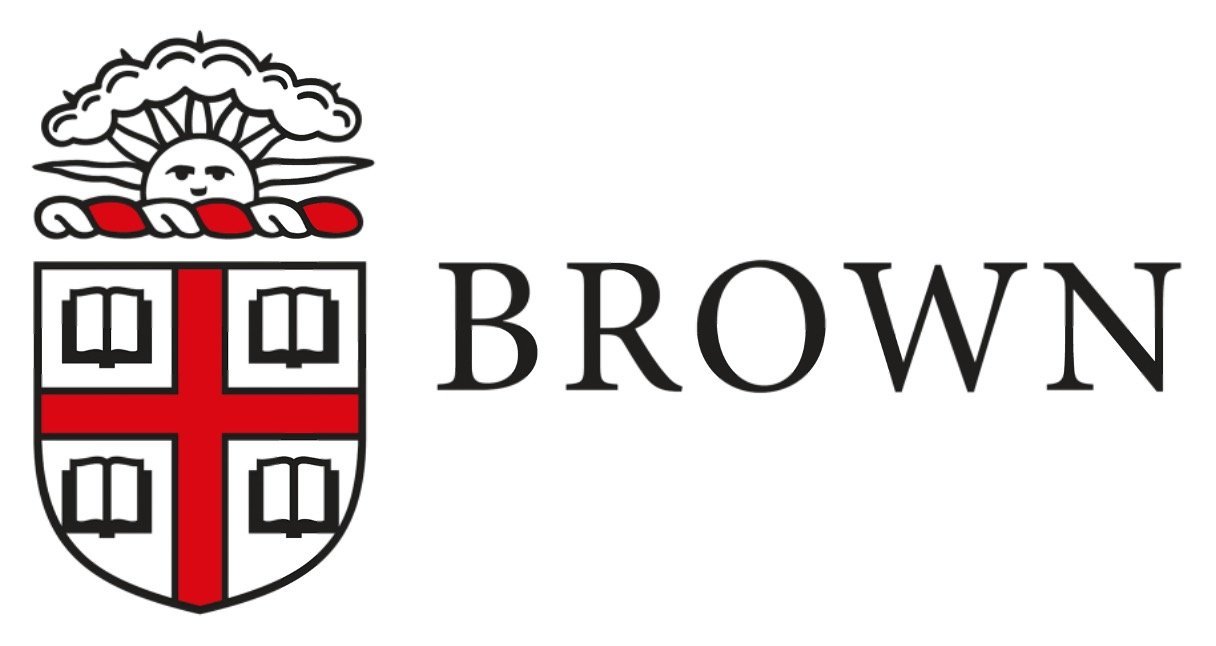Table of Contents
Solvent Definition
Solvent is defined as any molecule that can dissolve other molecules (solutes). Solvent molecules pull apart the solute molecules such that they are uniformly distributed in the solvent.
The solvent can be gas, liquid, or solid. The homogenous solution formed as a result of the dissolution of solutes cannot be physically separated but a chemical process ned to be employed for their separation.
Types of Solvent
There are 2 types of molecules non-polar or polar. Polar molecules are charged and carry different electrical charges on different sides, while nonpolar molecules do not have a static charge. Both these kinds do function as solvents.
i. Polar Solvent
The negative and positive ends of the atom interact both with each other as well as the solute in a polar solvent. Solute dissolves as the electric charges of solvent pull on different atoms of the solute.
For example, Salt an ionic compound is dissolved in polar solvent as the oppositely charged molecules are pulled apart. The positive ions of solute are pulled by the negative side of the polar solvent, while the positive ions are pulled by the positive side of the solvent. This leads to uniform distribution of solute in the solvent.
ii. Nonpolar Solvent
Their mechanism of dissolution is also similar to polar solvents. They often form spontaneous dipoles that have opposite charges linking bonds. This causes the adjacent solvent molecules to form dipoles.
These momentary interactions are responsible for the dissolution of nonpolar solutes. But when we compare polar and nonpolar solvents, the interaction in polar compounds is much stronger. It is also the reason why the polar and nonpolar solvents do not mix.
Solvent Examples
i. Water
It is the universal biological solvent that is very important. Cells of all living entities are dependent on water. The unique structure of water aids in its properties as a solvent.
Oxygen atoms in water being more electronegative pull the electrons towards them that renders them electrically negative. The hydrogen atoms of water only get a small share of shared electrons that gives them a positive charge. This results in making water a strong dipole molecule that can help in the dissolution of a wide variety of solutes.
The molecules and ions in the cell can be easily dissolved in water as it is a polar solvent. Some non-polar substances are also present in a cell that cluster together and shield themselves away from water.
The bilipid membrane is also formed as a result of this property of water. In the membrane, the phospholipids are present such that the hydrophilic head that projects outside while the non-polar tail is shielded from the aqueous environment in the bi-lipid membrane that comprises 2 leaflets.
When the phospholipid layers are brought together, the differential properties of the head and tail of phospholipid lead to the formation of a water barrier. Special proteins like carriers and channels are required for the passage of molecules inside and out of cells.
These solute molecules are to be transported along the concentration gradient with the aid of solvent. If the solvent gets saturated then no more solutes can be dissolved. The ocean can be considered a big solution of various chemicals and salts. When raindrops fall on the soil, they dissolve some solutes.
These are then carried through water and flow downstream into the river and then ultimately into the ocean. Many aquatic organisms rely on these solutes as they act as important salts or nutrients.
ii. Solvents in Everyday Cooking
Deglazing is a common procedure of cooking where the sticky bottom part of the pan is dissolved into a solvent. Both kinds of solvents can be employed to remove the caramelized part utilizing heat.
Oil, a non-polar substance is often used to fry a variety of food items as they create a hot solution. This can infusion of solutes in oil to the fried food. Water can also be employed for deglazing for creating soup, gravy, or other sauces.
Solvent Citations
Share












